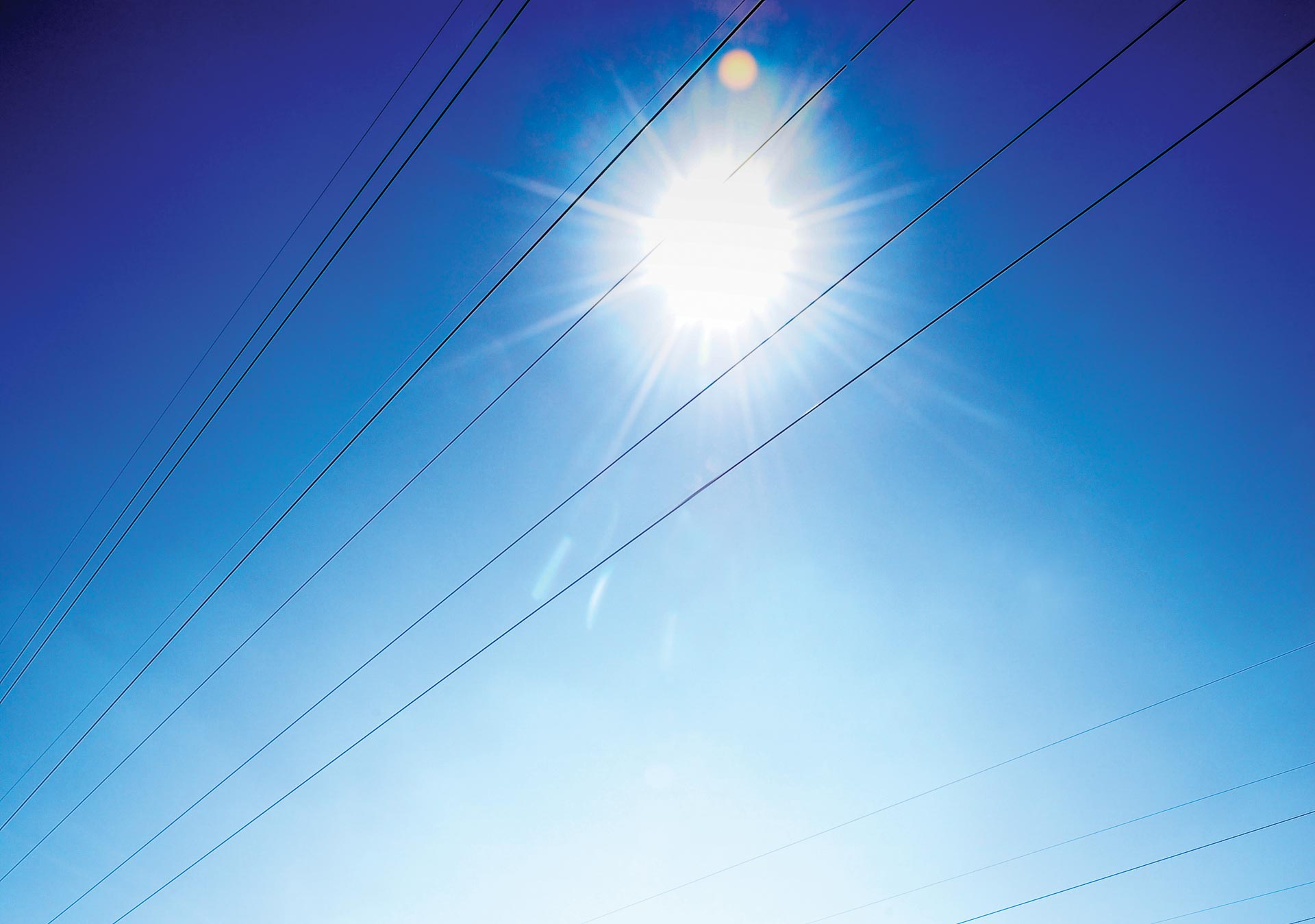The Time to Invest in Transmission is Now
June 14, 2024 | ITC Holdings
When you think of risks to the power grid, a number of factors may come to mind: increased demand, extreme weather, security threats, or changes in generation as we quickly retire fossil fuels. One threat that you may not immediately think of? Policy.
So how do we ensure that energy policy supports – rather than poses a risk to – transmission investment and the greater grid? FERC’s recently finalized Order No. 1920 is one step in the right direction – a pivotal rule and example of policy that enhances, rather than threatens, the efficiency of the country’s electric transmission infrastructure. Within Order 1920, the Commission made important progress in expanding federal Right of First Refusal (ROFR) rights. This is – and will continue to be – critical to ensure a more efficient, reliable and affordable transmission system. Given the long lead time for regional transmission development, FERC must continue to promote certainty and fashion the stable regulatory environment required to interconnect new energy sources and maintain reliability.
Policy from all levels of government must be enacted and prioritized to support transmission development. Beyond Order 1920, we need to ensure any federal legislation adopted addresses the key needs to promote transmission investment.To plan, permit and build additional transmission capacity projects can take up to a decade – this timeline is not sustainable to meet energy demand. On the federal and state levels, lawmakers and regulators must prioritize streamlining permitting approval processes. The industry needs to change how we plan for transmission – truly effective interregional planning requires coordination across and between regional transmission organizations (RTOs), as customers benefit most when utilities cooperate to find solutions beyond their service territories.
Why is transmission-related policy so important? A vital part of the electricity delivery cycle, transmission is key to keeping pace with the country’s growing energy needs, supporting economic growth and meeting our renewable energy goals.
Expanding our transmission system enables the interconnection of vast renewable energy such as wind and solar, making those sustainable sources accessible to communities where they otherwise wouldn’t be.
Beyond advancing our country’s carbon reduction goals, our economy also benefits from transmission. When it comes to individual customers, transmission lowers costs for consumers by allowing access to less expensive generation. On a larger scale, an electrified, green economy cannot exist without an updated transmission system. For example, the growth of EVs will require fast charging stations powered by large amounts of electricity from the transmission grid. To promote the clean energy transition and expand our electrified, green economy while providing reliable energy, we must strengthen the current aging grid system.
While some progress has been made to improve our transmission grid, there is more to be done. Regulatory actions like Order 1920 are the tip of the iceberg when it comes to improving the transmission industry – there’s still a long way to go to achieve total reliability, resiliency, and renewable energy potential. Everyone from state officials to customers to stakeholders and generators must work together to drive results and invest in improvements that ensure resiliency of the grid. We must act swiftly to build transmission and unlock our brighter energy future.

